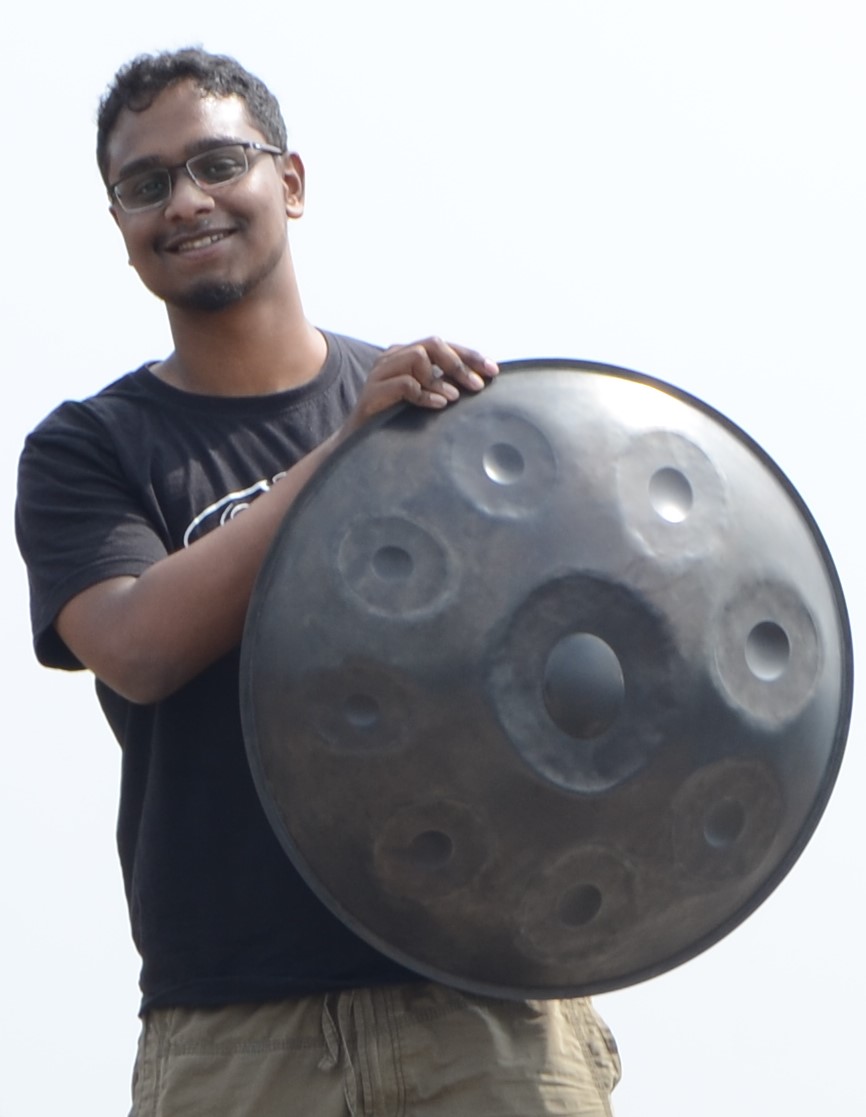Choosing your handpan scale is the first step in your journey towards buying your handpan.
Every handpan comes in a particular scale / sound model. Hence, each scale creates a different mood and evokes different emotions. You can use different scales to create different types of music.
Choosing your handpan scale: Approaches
There are different approaches you can take that would help you choose your handpan scale
Playing around with different scales
Since there are a large number of handpan scales out there, we created this simulator for you to try out different handpan scales and find out which ones you are able to connect with. The scales list is based on the handpan scales wiki found here. This simulator was built with the intent to make it easier for you to choose your handpan scale
Listening to different scales
A great way to find out a scale for your handpan is by listening to a number of different handpan scales and figuring out which ones you like. Hence, we present to you here a collection of different handpan scales on our YouTube channel.
Beginner/Versatile scales
If your a beginner looking for a scale suggestion or a percussionist wanting a versatile instrument, here are the most common/versatile handpan scales that are suitable for beginners
Annaziska/Integral/Kurd/Aeolian scale
This is a popular scale based on the Phrygian mode popularized by many artists such as Sam Maher, Yatao, and Hang Massive. This scale feels complete and is very versatile. You can check out the scale in different keys –
Celtic Minor/Amara
The most common beginner scale, as popularized by Daniel Waples. D Celtic Minor is a joyful scale that can be played from the heart! D Celtic Minor Order Now
Choosing your handpan scale: Number of Notes
If you’re a beginner, an 8+1 noter is most appropriate. An 8+1 noter gives you a decent spacing between the notes making it easier to strike without missing. It also gives tonal clarity and purity due to there being good spacing between the notes. Additional notes are also possible both on the top shell and bottom shell. This gives you a wider range of notes to play on, unlocking the possibilities of the instrument further
Choosing your handpan scale: Reference frequency
If you don’t have a clue about this, I would suggest A4=440Hz as this is the modern standard of tuning. This will ensure that your instrument is in sync and playable with other instruments, and jam with other handpans.
A number of people consider A=432Hz a more natural frequency and aligned with the frequency of the heart chakra. We respect these beliefs and also craft instruments with A=432Hz.
